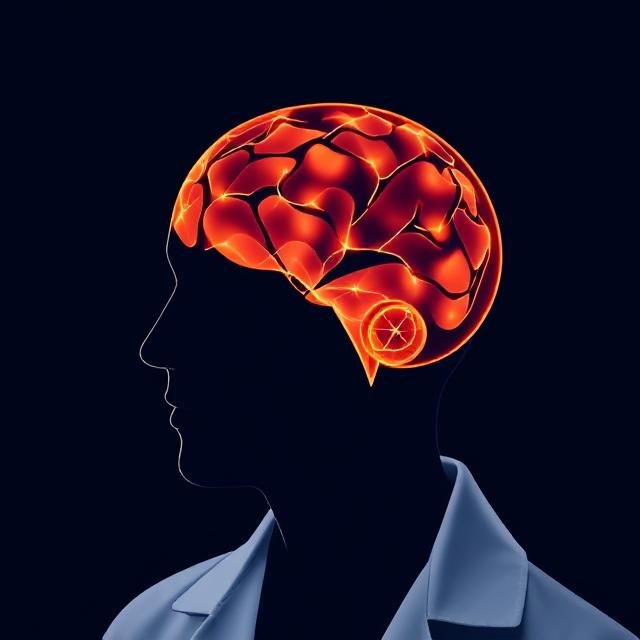Introduction
Dementia affects over 55 million people worldwide, making it one of the most significant public health challenges of our time (World Health Organization, 2023). While it’s more common in older adults, dementia is not a normal part of aging.
Understanding the different types, symptoms, and management options is crucial for those living with dementia and their families.
What Is Dementia?
Dementia is a syndrome—a group of symptoms that affect memory, thinking, orientation, comprehension, calculation, learning capacity, language, and judgment. The cognitive decline is often accompanied by changes in mood, emotional control, social behavior, or motivation.
The impact ranges from mild cognitive impairment to severe disability, eventually requiring full-time care.
Common Types of Dementia
Alzheimer’s Disease
The most common form, accounting for 60-70% of cases. It’s characterized by plaques (beta-amyloid) and tangles (tau proteins) in the brain, leading to progressive memory loss and confusion (Alzheimer’s Association, 2024).
Vascular Dementia
Occurs due to reduced blood flow to the brain, often following strokes or small vessel disease. Symptoms include problems with reasoning, planning, and judgment more than memory loss.
Lewy Body Dementia
Caused by abnormal protein deposits called Lewy bodies. Symptoms include:
- Visual hallucinations
- Fluctuating cognition
- Parkinsonian movement problems
Frontotemporal Dementia
Primarily affects the frontal and temporal lobes, leading to changes in personality, behavior, and language before memory problems become significant.
Symptoms of Dementia
Symptoms vary but may include:
- Memory loss
- Difficulty finding words or following conversations
- Disorientation in time and place
- Difficulty completing familiar tasks
- Poor judgment
- Mood swings or personality changes
- Withdrawal from social activities
Symptoms typically worsen over time.
Causes and Risk Factors
While causes vary by dementia type, several risk factors increase vulnerability:
- Age (risk doubles every 5 years after 65)
- Family history and genetics
- Cardiovascular disease
- Traumatic brain injury
- Diabetes and hypertension
- Low educational attainment
Lifestyle factors like physical inactivity, smoking, and poor diet also contribute to risk (Livingston et al., 2020).
Diagnosis of Dementia
There’s no single test for dementia. Diagnosis involves:
- Medical history and symptom review
- Physical and neurological exams
- Cognitive assessments
- Brain imaging (MRI, CT)
- Blood tests to rule out reversible causes (e.g., vitamin deficiencies)
Early diagnosis is vital to manage symptoms and plan for future care.
Treatment and Management
There’s currently no cure for most types of dementia, but treatment can slow progression and improve quality of life:
- Medications: Cholinesterase inhibitors (donepezil, rivastigmine) and memantine for Alzheimer’s.
- Cognitive therapies: Activities to stimulate memory and thinking.
- Lifestyle changes: Healthy diet, exercise, and social engagement.
- Support services: Counseling, respite care, and caregiver support groups.
Living With Dementia
People with dementia can live meaningful lives for years after diagnosis. Key strategies include:
- Maintaining routines
- Using memory aids
- Staying physically active
- Engaging in social activities
- Planning for legal and financial decisions early
Family and caregivers also need support, as the emotional and physical toll can be significant.













